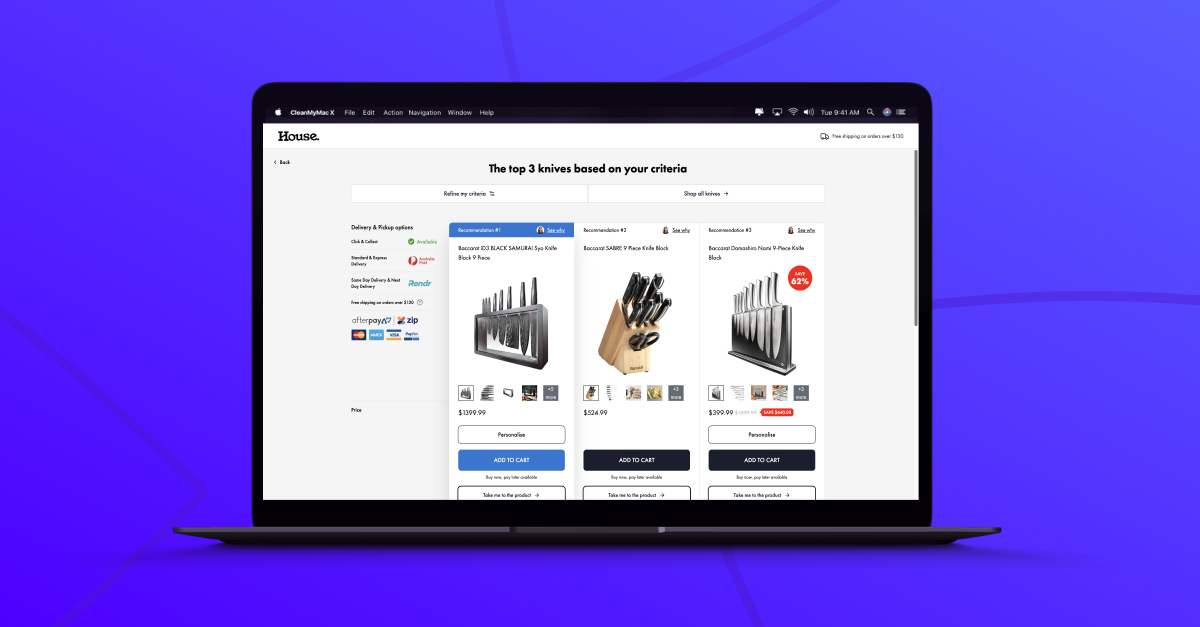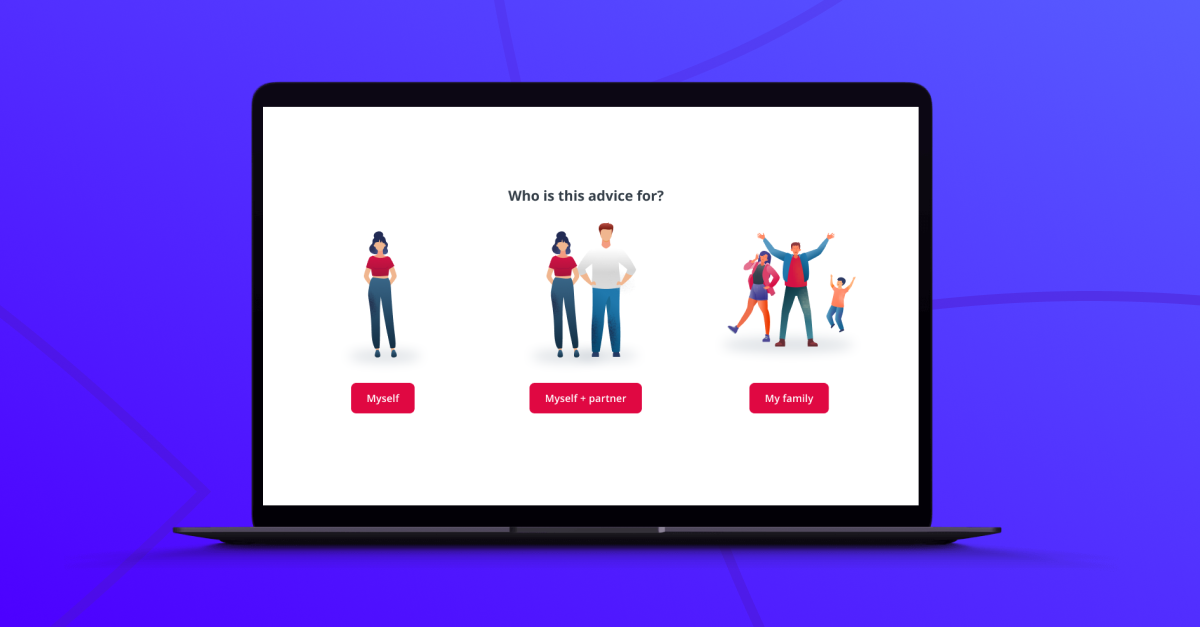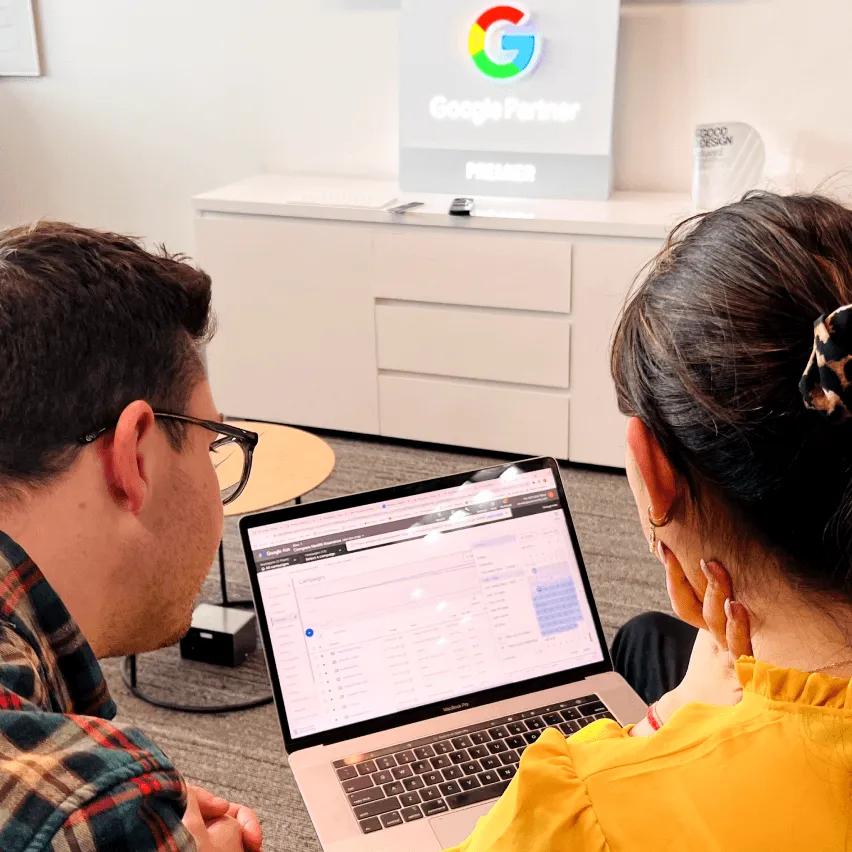Website Accessibility
Website Accessibility is the practice of designing and developing websites so that people with disabilities can use them easily. It involves making web content perceivable, operable, understandable, and robust for all users, regardless of their physical or cognitive abilities.
How Website Accessibility works:
Website Accessibility is achieved by following established guidelines, such as the Web Content Accessibility Guidelines (WCAG), and implementing various technical and design practices. This includes providing text alternatives for non-text content, ensuring keyboard navigation, using sufficient color contrast, offering captions for multimedia, and structuring content logically. It also involves making sure the site works well with assistive technologies like screen readers.
Why you should prioritize Website Accessibility:
As a business owner or marketer, prioritizing Website Accessibility is not just about compliance with legal requirements; it’s about reaching a wider audience and providing a better user experience for everyone. Accessible websites often have improved SEO, are easier to maintain, and demonstrate your commitment to social responsibility. Moreover, many accessibility features benefit all users, not just those with disabilities, leading to higher overall user satisfaction and potentially increased conversions.
How to implement Website Accessibility:
To improve your website’s accessibility, start by conducting an audit using automated tools and manual testing. Address the most critical issues first, such as providing alt text for images and ensuring keyboard navigation. Implement a clear heading structure and use semantic HTML. Ensure sufficient color contrast and text size. Provide transcripts or captions for audio and video content. Regularly test your site with various assistive technologies and get feedback from users with disabilities.
How Website Accessibility complements Convincely’s approach:
At Convincely, we see Website Accessibility not just as a set of technical requirements, but as a fundamental aspect of creating truly personalized, user-centric experiences. While traditional approaches might treat accessibility as a separate consideration, our full-page, visually-guided funnels integrate accessibility principles seamlessly into every interaction.
Our system doesn’t just comply with accessibility standards; it uses accessibility features as opportunities for enhanced personalization. For instance, if we detect that a user is navigating primarily by keyboard, we might adjust the layout to optimize for this interaction style. Or, if a user is using a screen reader, we could dynamically adjust the content flow to provide the most coherent and engaging experience for auditory consumption.
Unlike standard accessibility implementations that might offer a single “accessible version” of a site, our funnels create unique, accessible experiences for each user. We’re not just making content accessible; we’re tailoring the entire journey to each user’s specific needs and preferences, regardless of their abilities.
Moreover, our approach to Website Accessibility isn’t just about removing barriers; it’s about creating new opportunities for engagement. We use accessibility features as additional data points to understand user preferences and tailor the experience accordingly. For example, a user’s preference for high contrast might inform not just the visual design, but also the type of content we prioritize.
What sets our approach apart is that we don’t see accessibility as a checklist to complete, but as an integral part of our personalization strategy. Every accessibility consideration is an opportunity to learn more about the user and provide a more relevant, engaging experience. This creates a virtuous cycle where improved accessibility leads to better personalization, which in turn enhances the overall user experience for everyone.
You can explore real-world examples of how businesses are integrating accessibility into their personalized funnels on our listings page. This resource showcases various approaches to creating inclusive, adaptive user experiences across different industries.
Remember, while Website Accessibility is crucial for ensuring your site can be used by all, it’s most powerful when integrated into a comprehensive, personalized user experience. At Convincely, we don’t just make your funnels accessible; we create dynamic, responsive experiences that adapt to each user’s unique needs and preferences, regardless of their abilities. Our goal is to transform Website Accessibility from a compliance requirement into a powerful tool for creating more engaging, effective, and inclusive user experiences that drive conversions and build lasting relationships with all your customers.




